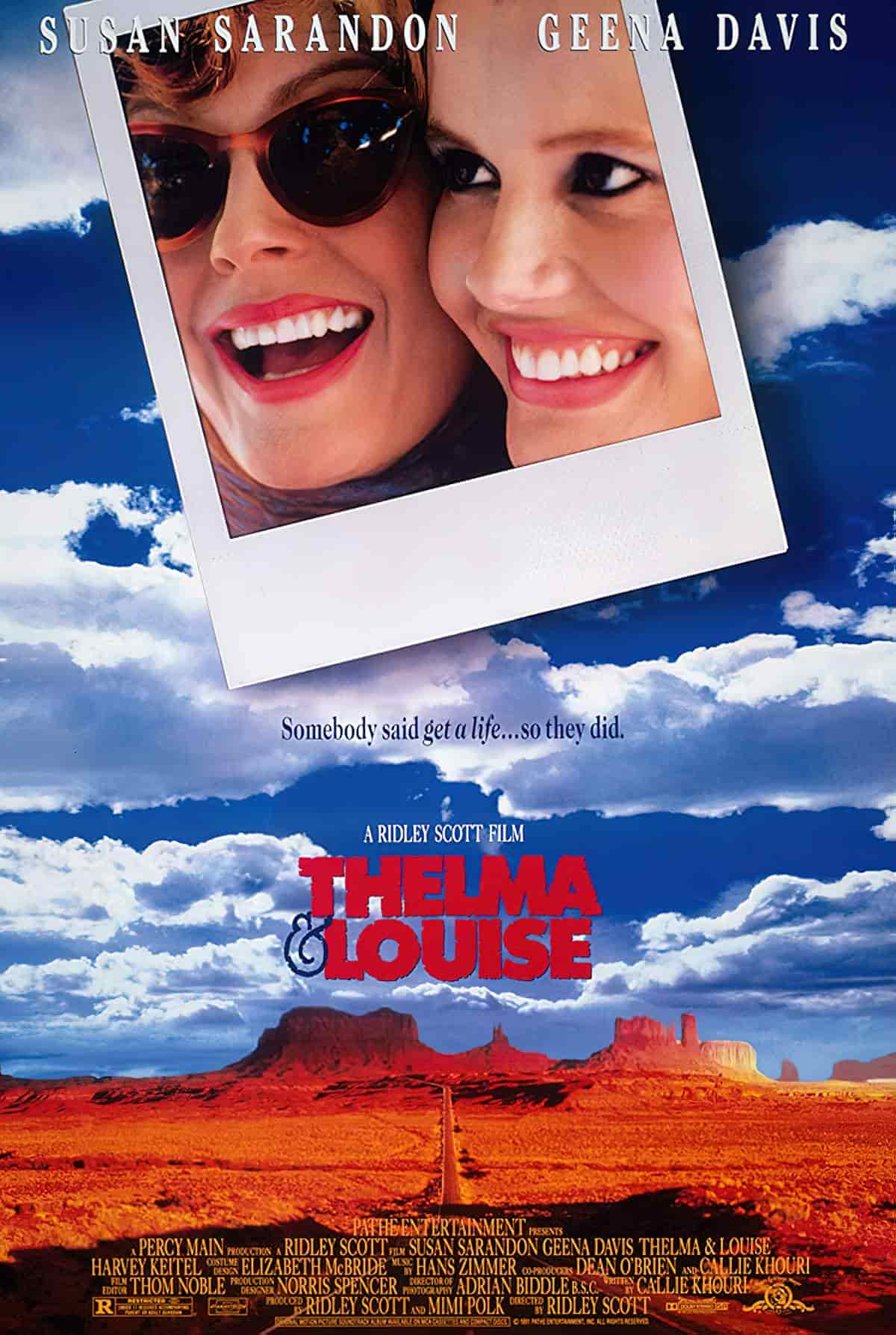Thelma and Louise is an iconic 1991 film, hailed at the time as feminist. I don’t fall into the camp who consider this a feminist film, but it is still one of my all time favourites. I know Thelma and Louise so well it makes an excellent case study in storytelling technique.
While I was writing Thelma and Louise, it was the most fun I had ever had in my life, bar none,” she says. “It was such a pure experience. There was no self-censorship there, there was no second guessing. From a creative standpoint, it was the freest I had ever been in my life. I loved every moment I got to spend time with those characters. Nothing came close to it, including winning all the awards and everything else. As much fun as all that was, it wasn’t as much fun as sitting alone in a crummy office on Vine at 2 in the morning writing that screenplay.
Callie Khouri, who has more recently written Nashville (2012) and the film Mad Money (2008)
Part of the appeal of Thelma & Louise is undoubtedly the ‘hat on a dog’ inversion — women holding up banks and murdering men is simply less usual than if two men were doing the same.
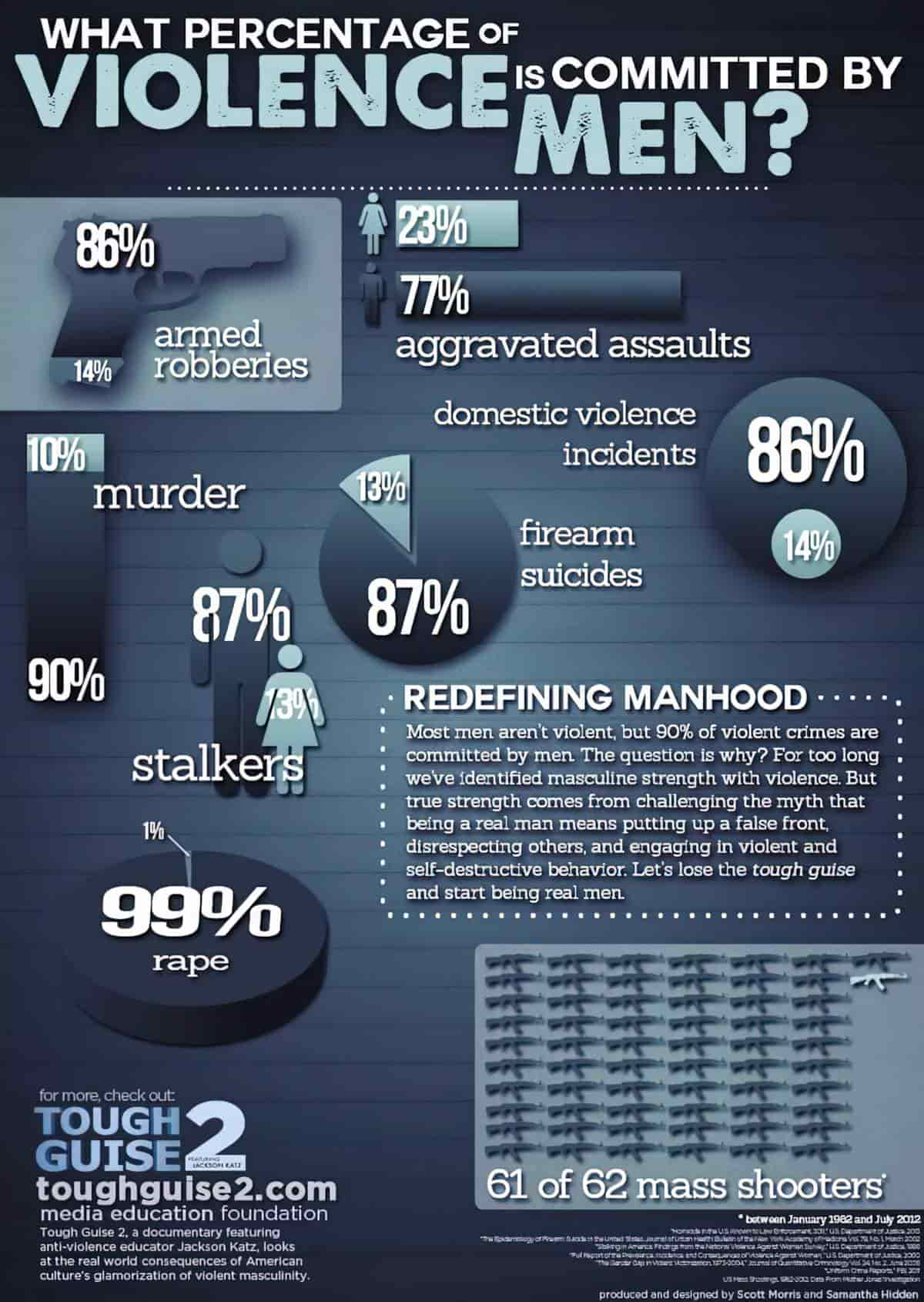
Thelma & Louise and The Early 1990s
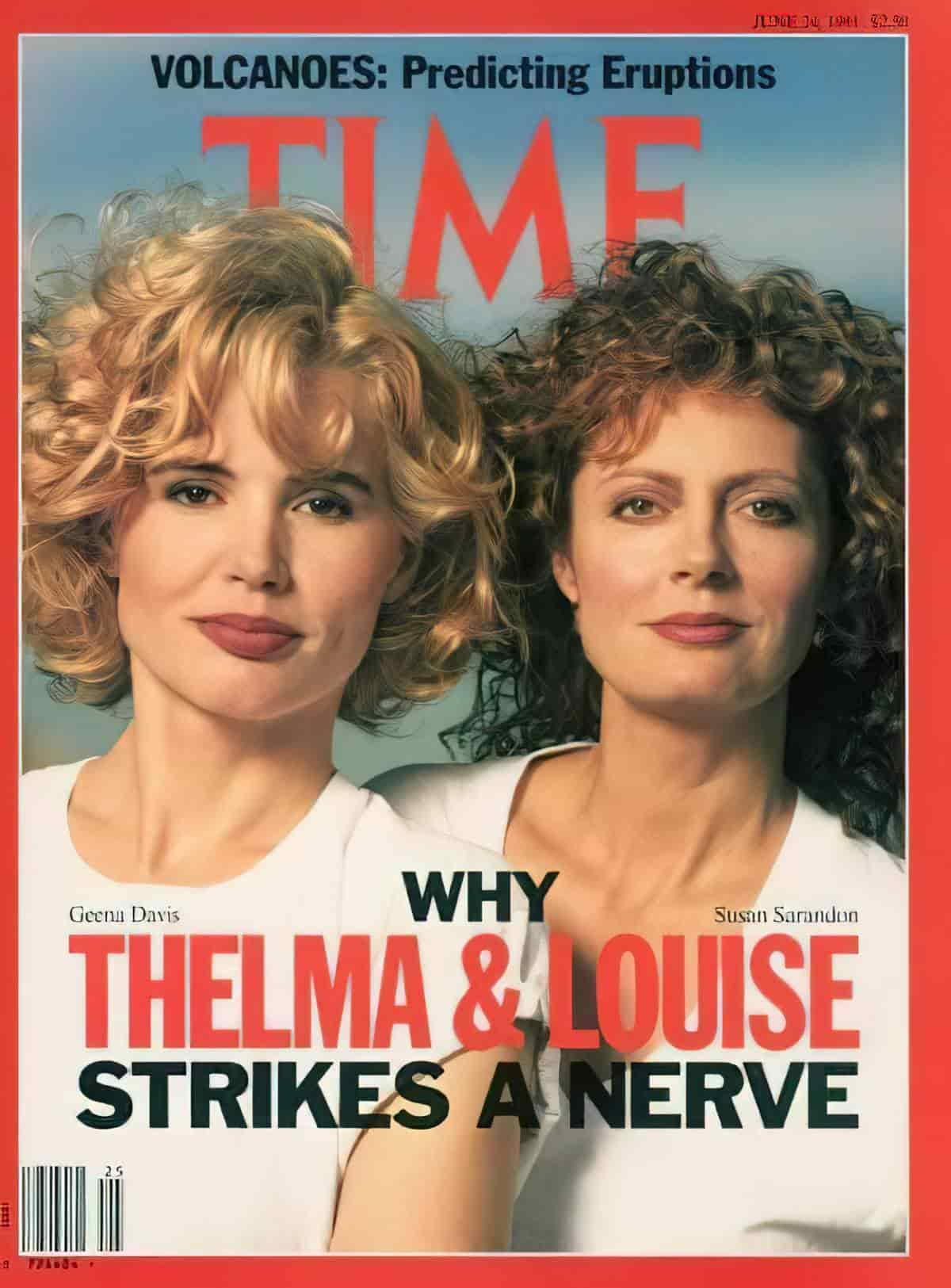
Time Magazine asked why this film struck a nerve with the wider culture. This is the film that really got people talking about sexism and Hollywood. Until we saw women on screen, few had really noticed that we hadn’t seen women on screen.
By the time Thelma & Louise was made, Hollywood was one of America’s greatest exports. Perhaps American pop culture remains America’s most successful world export. Ridley Scott is British, but has worked most of his life in America. Perhaps his early years afforded him special insight into how America’s Hollywood has influenced the rest of the world.
Genre Blend and Influences
Myth, Drama, Crime >> Road Movie
A road movie is a mythic journey. The problem with mythic journeys is, they can get a little episodic, in a bad way. Just one damn thing after another. But when you have opponents stuck in a car together, that makes the story take a more linear, constrained shape. Thelma and Louise also gets around the ‘one outside opponent after another’ by having the Brad Pitt character turn up more than once.
There are various subcategories of road movies, as well:
I mark the signature of classic and contemporary Westerns, sundry types of road film (doomed/outlaw/lovers subgenre in particular), and the seventies “buddy” movie.
The Many Faces of Thelma and Louise
This film has many elements of an outlaw film, which are obvious and stand out:
- the killing
- the robbery
- flight from police
- high speed car chase
- a revenge fantasy (True Grit is an example of a revenge outlaw story)
Classic outlaw movies tend to have deadpan humour. Examples: Bonnie and Clyde, Butch Cassidy and the Sundance Kid.
The humour in outlaw films doesn’t tend to suggest self-awareness and growth, but in Thelma & Louise, the classic screwball humour is there to show her character arc. Examples: when Thelma acknowledges to J.D. that her husband is an ‘asshole’, the theatrical robbery speech parroted from J.D., asking for a couple of bottles of Wild Turkey, the wisecrack with the state trooper who pulls them over, the prank of locking the trooper in the trunk).
Thelma and Louise as characters are more like a screwball couple defying authority than they are like outlaws who have a problem with society in general. They are like Cary Grant and Katherine Hepburn in Bringing Up Baby.
But Thelma & Louise also includes many elements of screwball comedy:
- the theme of escaping the constraints of authority for the freedom of the open road
- playing out different roles (with masks)
- shedding one’s old identity for a new one
You might describe this film as a ‘road screwball’ similar to It Happened One Night (1934)
Thelma & Louise has been described as a picaresque tragi-comedy. Picaresque relates to an episodic style of fiction dealing with the adventures of a rough and dishonest but appealing hero, or two heroines in this case. The classic (“original”) example of a picaresque story is Gil Blas, a novel by Alain-René Lesage published between 1715 and 1735.
The previous year, Susan Sarandon had played a similar character — also a waitress, also rebellious and sharp-tongued, in White Palace.
The character of Thelma Dickinson is similar to Lola in Come Back Little Sheba, played by Shirley Booth in 1952.
The trio in the Ford Thunderbird in Thelma & Louise reminds me of the trio in the Lincoln Capri Convertible in A Long Hot Summer. Driving, we have the uptight woman, next to her the carefree woman, and in the backseat the bad boy they picked up on the side of the road. I don’t know if A Long Hot Summer is a named influence on Thelma & Louise, but I bet the writer watched that earlier movie at some point.
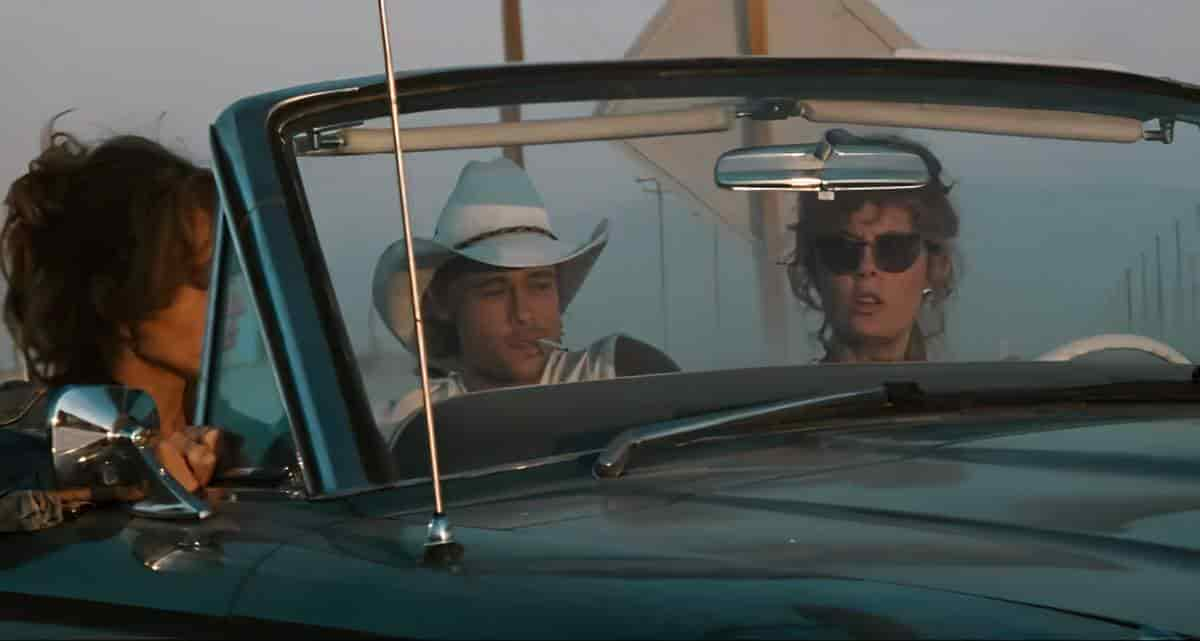
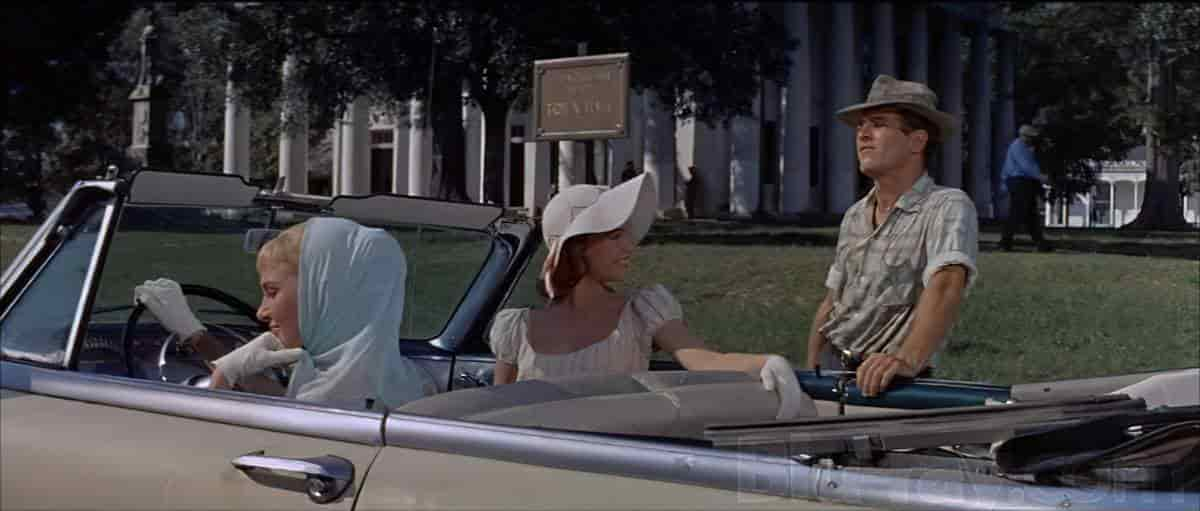
The ‘tough girl’ main characters are also seen in Silence of the Lambs, Sleeping with the Enemy, Gloria, Mortal Thoughts and Ridley Scott’s own Alien. We see these characters in various slasher films and rape-revenge movies from the late 1970s through the 1980s.
Marsha Kinder has pointed out strong similarities between Thelma & Louise and the 1979 Swiss film Messidor by Alain Tanner.
- They are both road movies
- About a pair of women
- Who abandon their traditional place in patriarchal culture
- They leave for a trivial reason, from the city into the countryside
- The turning point comes with an attempted rape
- Which the women avert and avenge with violence
- The Anagnorisis is a momentary communion with nature that makes them realise there’s no going back.
- They die at the end. Thelma & Louise begins where Messidor ends — in a similar small-town restaurant where Jeanne and Marie of Messidor have their final showdown with the law.
- The setting is mythic, and delineates the nature of their final entrapment.
Differences
- Thelma & Louise are already friends but Messidor is about two strangers who meet on the road
- The women in Messidor are younger in years (18 and 19)
- In Thelma & Louise the main characters are rebelling against media culture. In Messidor, the primary rebellion is against respectable bourgeois institutions like the patriarchal family.
- Jeanne and Marie of Messidor never have a clear destination. Thelma and Louise are on their way to Mexico.
- Thelma and Louise take a romantic leap into ‘feminist’ mythology (a gender flip on the outlaw movie tradition) whereas the Swiss outlaws are never empowered like that. They don’t have a glamorous shiny convertible. They don’t have exuberant energy and good humour. They are hitchhikers.
Narrative Organisation Of Thelma & Louise
To summarise what Brian Henderson has said about this film, in some ways, Thelma & Louise is noteworthy for what it doesn’t have:
- Voice over narration
- No use of the iterative
- No flashbacks
- No flash-forwards
Here’s what it does have, and what distinguishes itself from other films:
- The story is divided into distinct time spaces. The first period covers the time up until the killing of Harlan. Now they are suspended in time — their relation to both past and future is uncertain.
- At this point the film ‘fissures’ — we now see a parallel montage which switches back and forth between investigating police and fleeing main characters. This structure continues until the very end when they meet face to face.
- The audience isn’t really let in on the timing of any given scene. We have no idea how much time is supposed to have elapsed. (We do get a few clues but those are retrospective e.g. when Thelma says it was 4:00 am when she first tried to reach Daryl by phone, this is long after that happened.)
- Normally, film makers make use of night and day scenes to orient the audience in time but these women are driving through the night, so we don’t get that over the whole film. We only see a couple of nights. We don’t see all the others.
- The scenes with the detectives are equally indeterminate, time-wise.
- The information given in each thread fills in ellipsis in the other thread. The film-makers are therefore given the flexibility to break away from Thelma and Louise at any time they want to and allows much storytelling freedom.
- There is a thematic purpose to all this: Thelma and Louise are themselves living in a divided temporality — constantly looking behind them, constantly looking ahead. Listen for how often you hear ‘Go!’ in the dialogue.
Story Structure of Thelma and Louise
Thelma & Louise is a perfect example of story structure. Some people think of stories — especially films — in terms of three act structure.
As the film starts, the two women are embarking on a camping trip. Stopping off at a roadside bar is a very clear step into a world different from their own. As they both start to let their hair down, they begin to shed more of their former selves — but this is drama; every action has a consequence. Thelma attracts the attentions of a local redneck who brutally assaults her. The crisis is precipitated. Given the choice to kill him or warn him off, Louise — provoked — shoots him in the head and they flee from the scene. Both are thrown into a completely alien world — into the woods again.
John Yorke, Into The Woods
Anagnorisis, need, desire
When we first meet Thelma and Louise, they are living in darkness, mortgage holders on a conservative American society.
John Yorke, Into The Woods
If either of the two central characters is the main character, it is Thelma. Thelma has more of a character arc, whereas Louise starts off strong and stays strong, though there is room in the story for Thelma to take over, as explained by Howard Suber in The Power Of Film:
In the first half of Thelma and Louise, the older Louise uses her knowledge and experience to lead. Halfway through the film, however, she succumbs to despair, and Thelma becomes the leader.
The Power Of Film
Thelma needs to learn to live outside the control of her husband.
Thelma desires a fishing trip with her older best friend.
Her anagnorisis will be that she is better off without her no-good husband and she can do amazing things under her own steam.
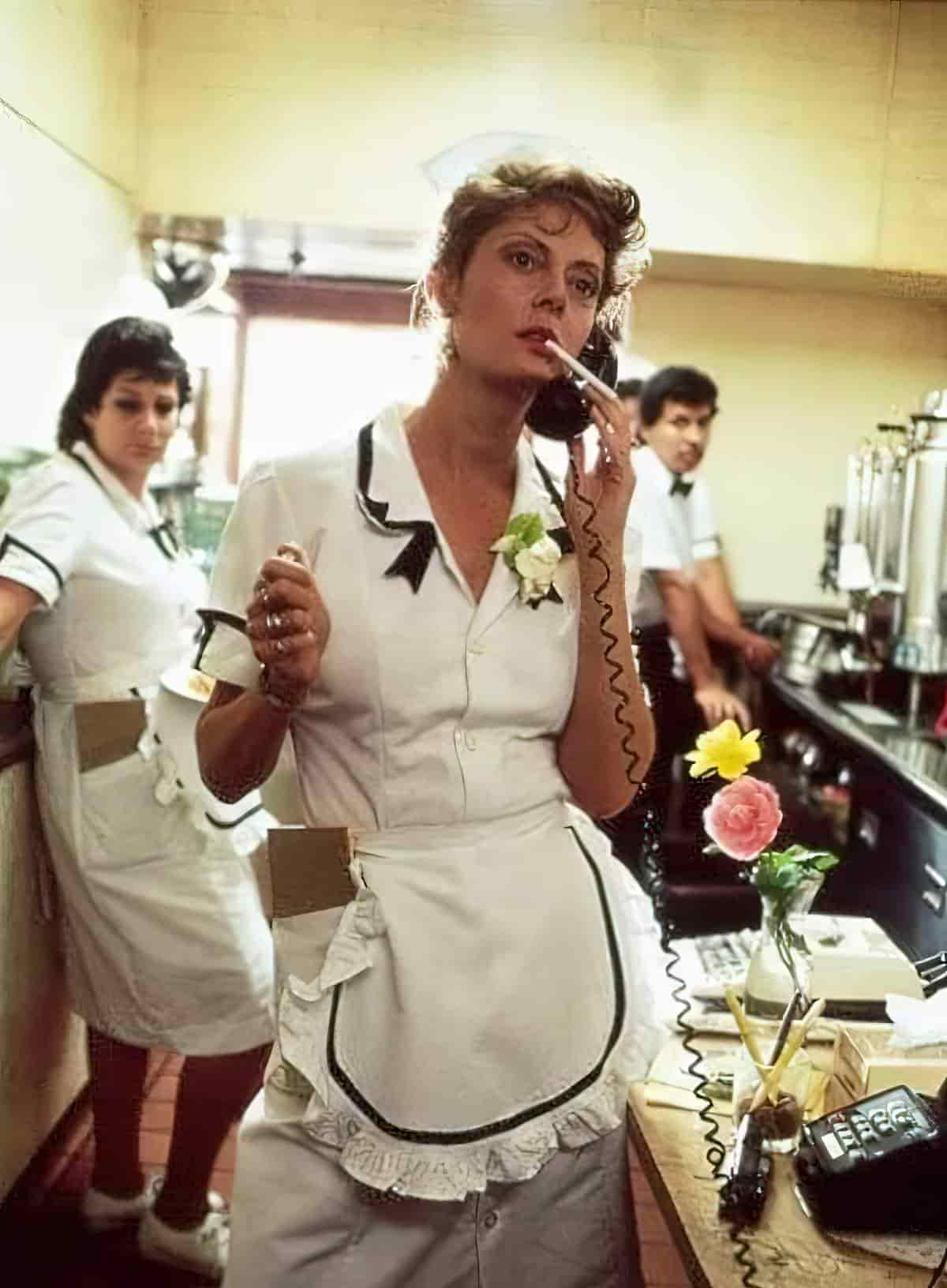
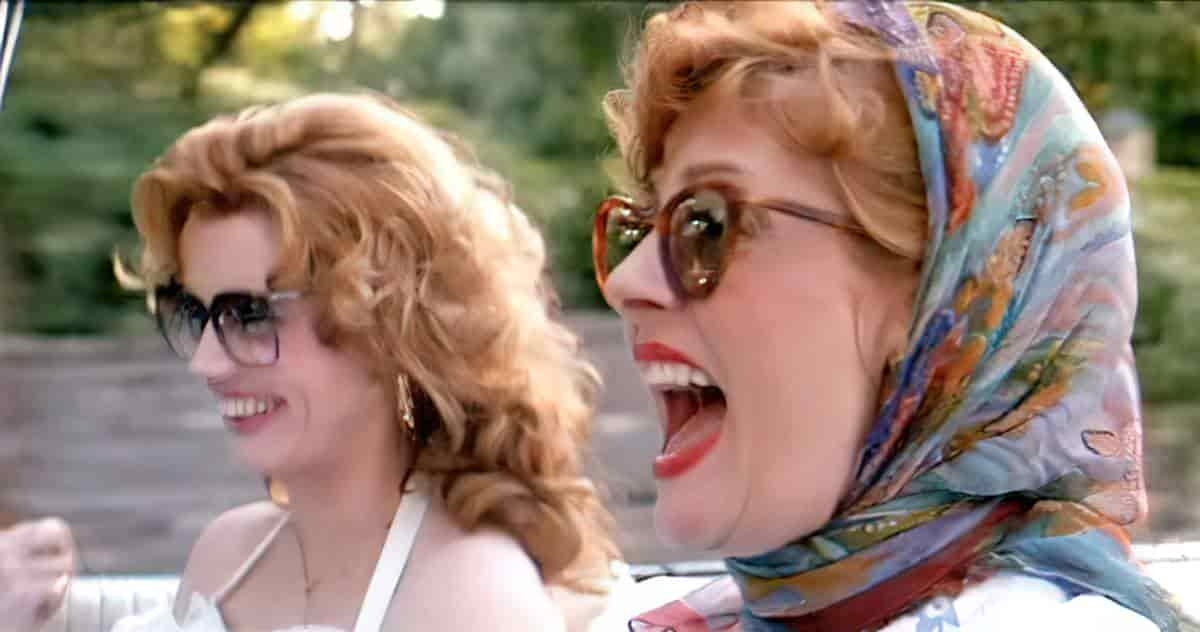
Ghost (backstory)
Thelma has only been with one man and we find out when she picks up the thieving hitchhiker that she has been with him since she was 14.
Louise had something horrible happen to her in Texas and refuses to go back. Thelma guesses that it was rape.
Setting
Much attention is given to landscape; the imitation Hollywood motels off the highways; a conglomerate of oil wells in dusty twilights; and faces of aged, displaced people, seen briefly in doorways and windows, remnants of lost dreams (particularly for Louise, who notices them). The eternal desert monoliths add to the isolated status of the women’s flight toward the border. […]
So much of the early part of the film is set in familiar post-Hopper (Edward or Dennis) interiors: roadside cafes, motels, and crowded apartments; Western space, with all is potential for self-enhancement and beginning again, fallen into the sordidness of small-town limitation. The bar where the adventure starts looms like an emblem of fallen romanticism hardly up to the already postheroic Urban Cowboy. In the cowboy bootheel slamming of the communal dancing, like some chorus-line crossover of Michael Kidd and Albert Speer, men and women alike wear all the paraphernalia of fantasy western individualism.
In this atmosphere of the ersatz and the fallen, the attempted rape of Thelma in the parking lot and Louise’s killing of the rapist cuts through like an icy blast, announcing the violence and brutality under the celluloid-thin myths of self-sufficiency and heroism.
The Many Faces of Thelma and Louise
I would add that those desert monoliths emphasise how small they are, and how vulnerable. Annie Proulx makes heavy use of similarly massive landscapes to underscore the impermanence of individual human lives, contrasted against the thread of generations. Annie Proulx also makes heavy use of the difference between ‘true’ country people and try-hard blow-ins from the inner-city, dressing up in cowboy clothes, thinking they’re actual cowboys.
As they escape, when the film truly hits the road, the promise of space and freedom lures them on. But the camera still continues to stress the choking inevitability of the world they are trying to escape, not jus the massive machinery, oil drilling equipment, and trucks that constantly threaten to squeeze them out of our vision, but even the seemingly more benevolent spaces and spires of John Ford’s Monument Valley.
The setting itself is meta. We’re watching Thelma and Louise in a Hollywood movie while Thelma imagines herself inside a Hollywood movie:
It’s easy enough in many Ford films to point out how narratives that are supposed to cover hundreds of miles all seem to take place within the confines of Monument Valley. But when similar things happen in Thelma & Louise, the effect is not the creation of a special world, but a sense of being walled in by expectations and walled in by fate, like the grainy television screen catching Thelma’s robber of the convenience store, making her “famous”.
The Many Faces of Thelma and Louise
As they’ve probably seen in hundreds of films themselves, they head for Mexico.
What the hell kind of route is Louise driving? A detailed explanation of the American setting and stopovers can be found over at Twelve Mile Circle.
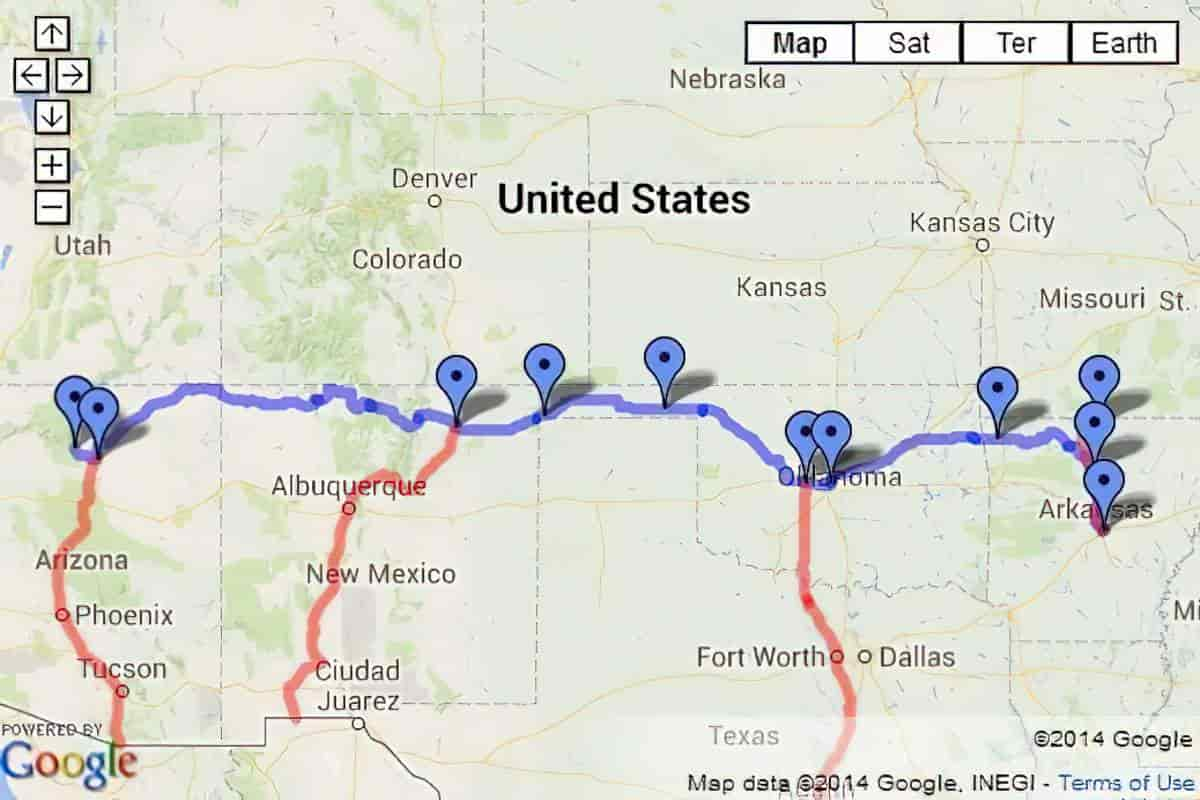
Khouri avoided fragmentation in Thelma & Louise with the Brad Pitt character, who turned up over and over again. If that guy had been separate people it would have felt fragmented to the audience. The masterful thing about that particular thread is that J.D. has a good motivation for following the women. (A couple, actually.)
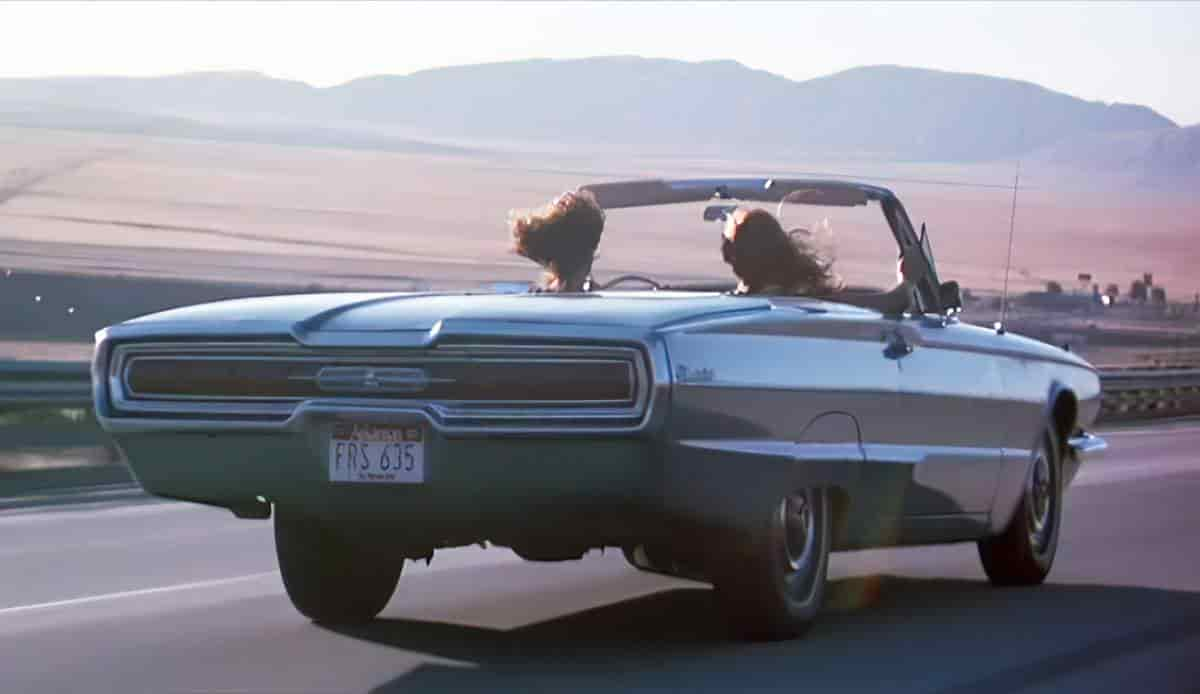
There are often lots of storms in road trip movies, to the point where a storm is cliche. This film doesn’t have storms but it does have a lot of rain. Pathetic fallacy. It never rains on Thelma and Louise themselves, however. It’s raining back home where the men are, and J.D. gets rained on, but Louise and Thelma stay dry inside their convertible.
Shortcoming & Need (Problem)
Thelma needs to escape for a while from her controlling, dismissive husband of many years. But more deeply, she needs to learn to believe in herself and in her best friend (rather than in her useless husband).
Thelma doesn’t stand up to anyone, not even her own life partner. She can’t even bring herself to tell him she’s going away for the weekend, leaving him a note instead, and a frozen dinner in the microwave.
The older, cynical, street-wise Louise makes a perfect companion to the more vulnerable Thelma. Notice all the ways in which these characters are set up as contrasts:
- Louise’s tidy and organised kitchen versus Thelma’s haphazard kitchen with a fridge full of half-eaten Snickers bars
- The way they pack — Thelma throws everything in (including that Chekhov’s Gun whereas Louise is more thoughtful and logical about it)
Louise’s version of the world around them is totally realistic, and her continued exasperations with Thelma’s naivete become bitter commentaries on the failure of her own hope and a particular world-weariness regarding any future happiness for either of them.
The Many Faces of Thelma and Louise
Why did the film-makers give Louise the ghost of having been raped in Texas? Probably to justify all the immoral actions she takes throughout the film, including shooting dead an almost-rapist. In other words, this backstory gives Louise psychological validity to her killing. Leo Braudy has proposed another reason: The storytellers want to avoid sending these characters to Texas, because the role of Texas in Westerns and road films is as a ‘wide open genre space’ as solution to characters’ problems.
Desire
Thelma’s desire is to gain a little independence from her husband, but by taking the mini-step of going fishing with her friend for the weekend.
Inciting Incident
A sleazebag at the bar where they stop tries to rape Thelma. Louise shoots him dead.
In The Art of Fiction, John Gardner suggests that there is a greater dramatic impact in having a character get herself into trouble than in having trouble land upon her, especially if she gets herself into trouble for good reason.
Fiction Writers’ Review
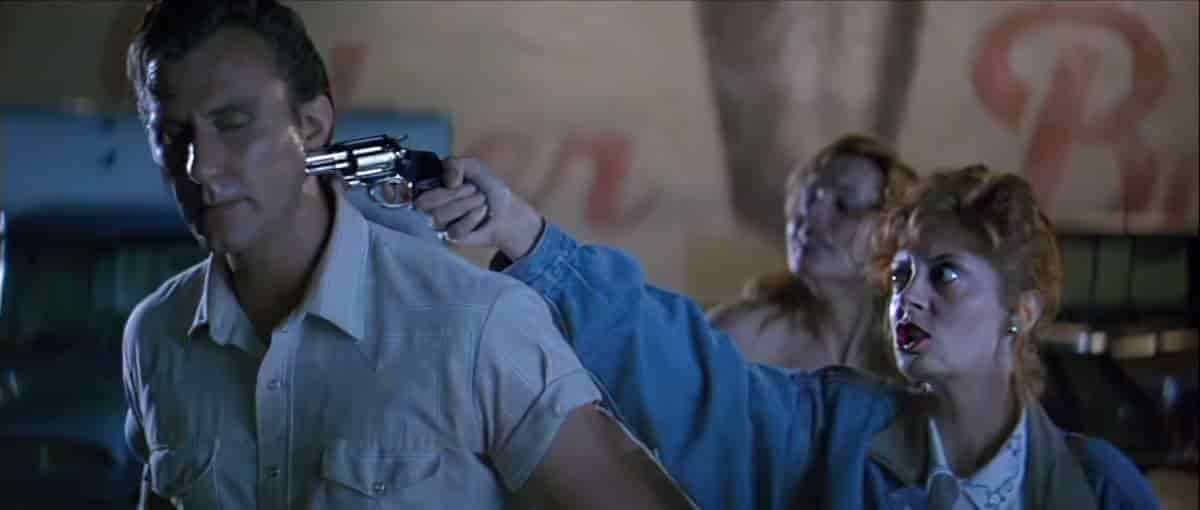
Louise has just saved Thelma from violent rape but this is just the beginning of their troubles.
Here’s the thing about this confrontation as an inciting incident: This scene has created what writers call the ‘obligatory scene’. (John Yorke prefers the term ‘obligatory act’.) Now that Louise has shot this guy with a gun, the audience must see a big struggle between Louise and the law. The audience won’t feel the story is finished until they see a showdown between the women and the police.
However, that’s only one of the inciting incidents. The internal inciting incident takes place earlier, when Thelma decides she will go on this holiday without her husband’s permission after all. That’s when her character arc begins.
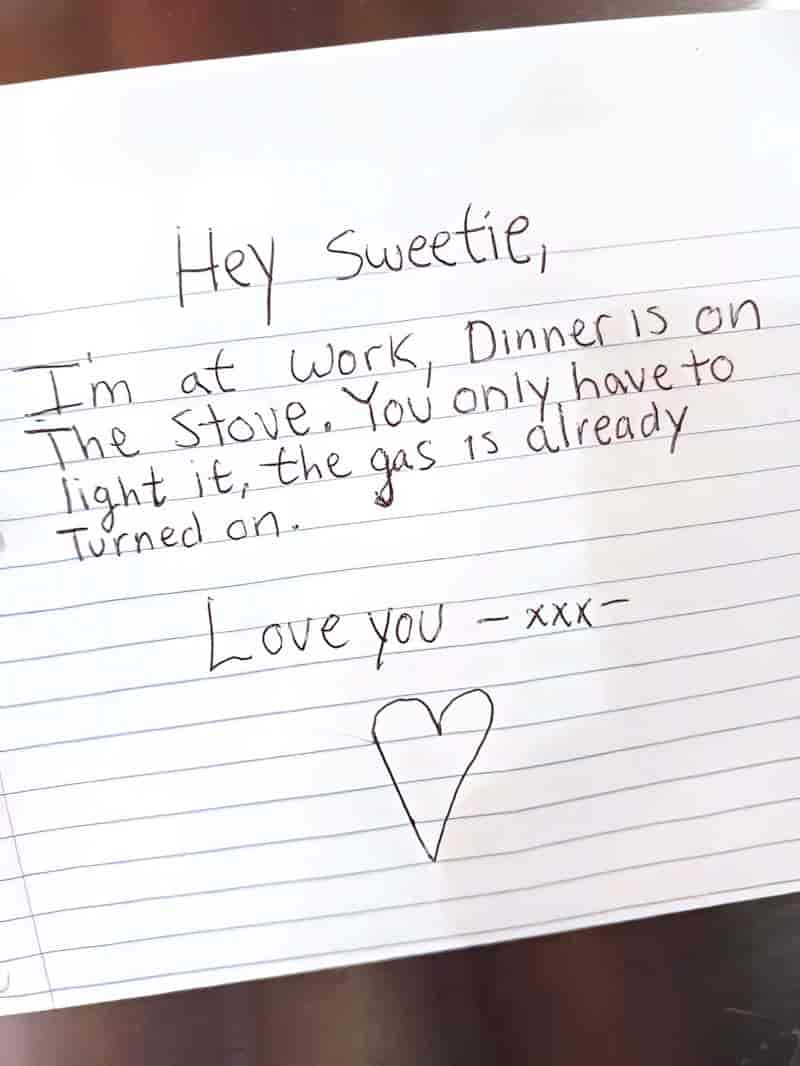
Ally/Allies
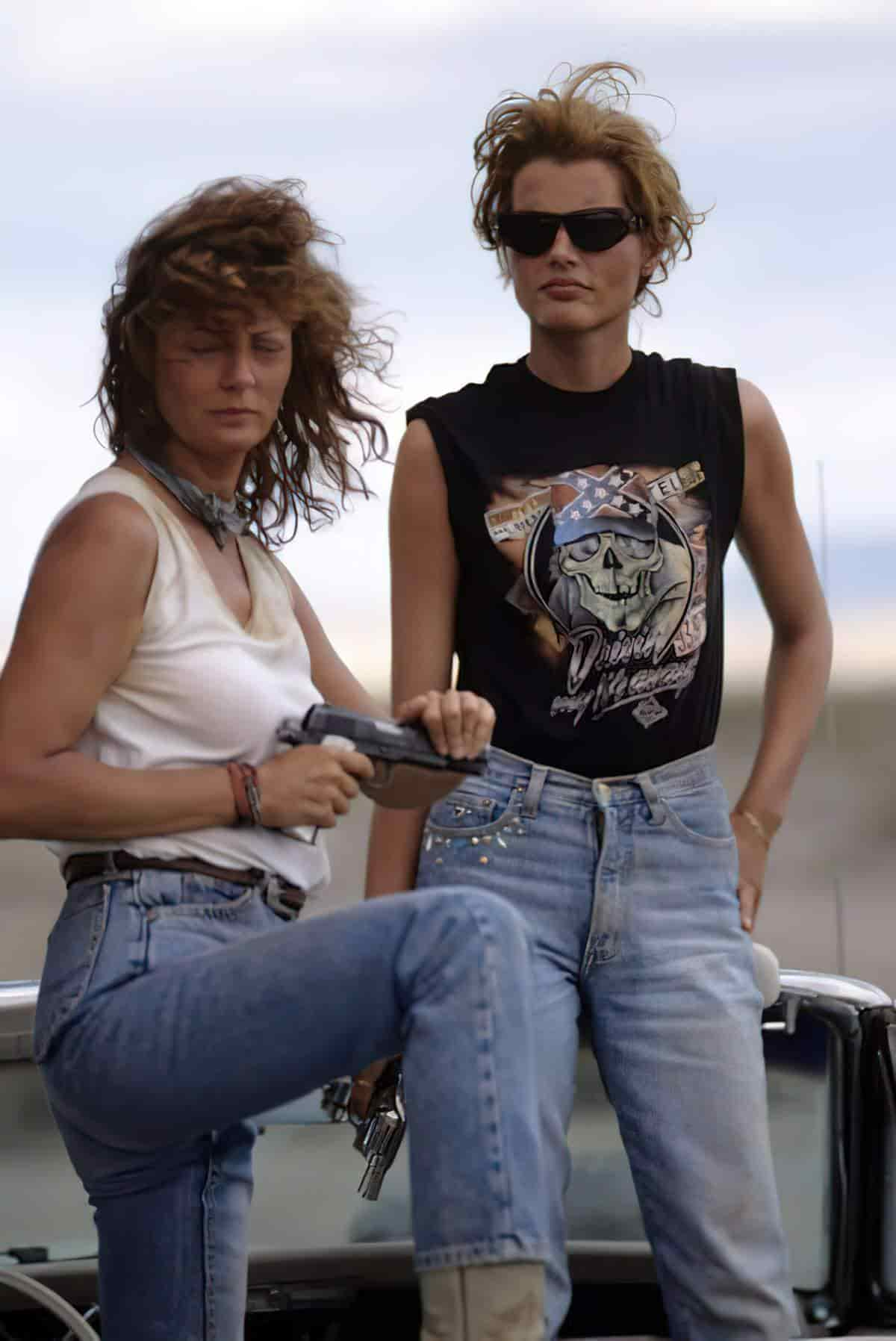
Thelma and Louise are each other’s strongest ally, but their relationship doesn’t start off all that close at the beginning. They will grow closer as the story progresses.
Most of the world is against them, mostly men.
Opponent
Darryl is Thelma’s first opponent — the one she’s running away from in the first place. Darryl has been described as a perfect example of the Playboy Philosopher archetype.
Harlan is a classic redneck type.
J.D. is a false ally opponent, who makes off with their money and therefore leaves the women desperate and willing to push the envelope.
Subverting audience expectations in a cop drama, even the detective is on their side. In fact, he’s an opponent, for the purposes of plot. But this is the character who is most closely aligned to us, the audience. We see what he sees, as he sees it. We know the women have done wrong, but can’t help but be impressed by them anyhow, just like him. In the final scene when the detective is running for dear life towards the women’s car, trying to get them not to drive off that cliff, that’s how the audience feels too, after spending an entire movie with these characters.
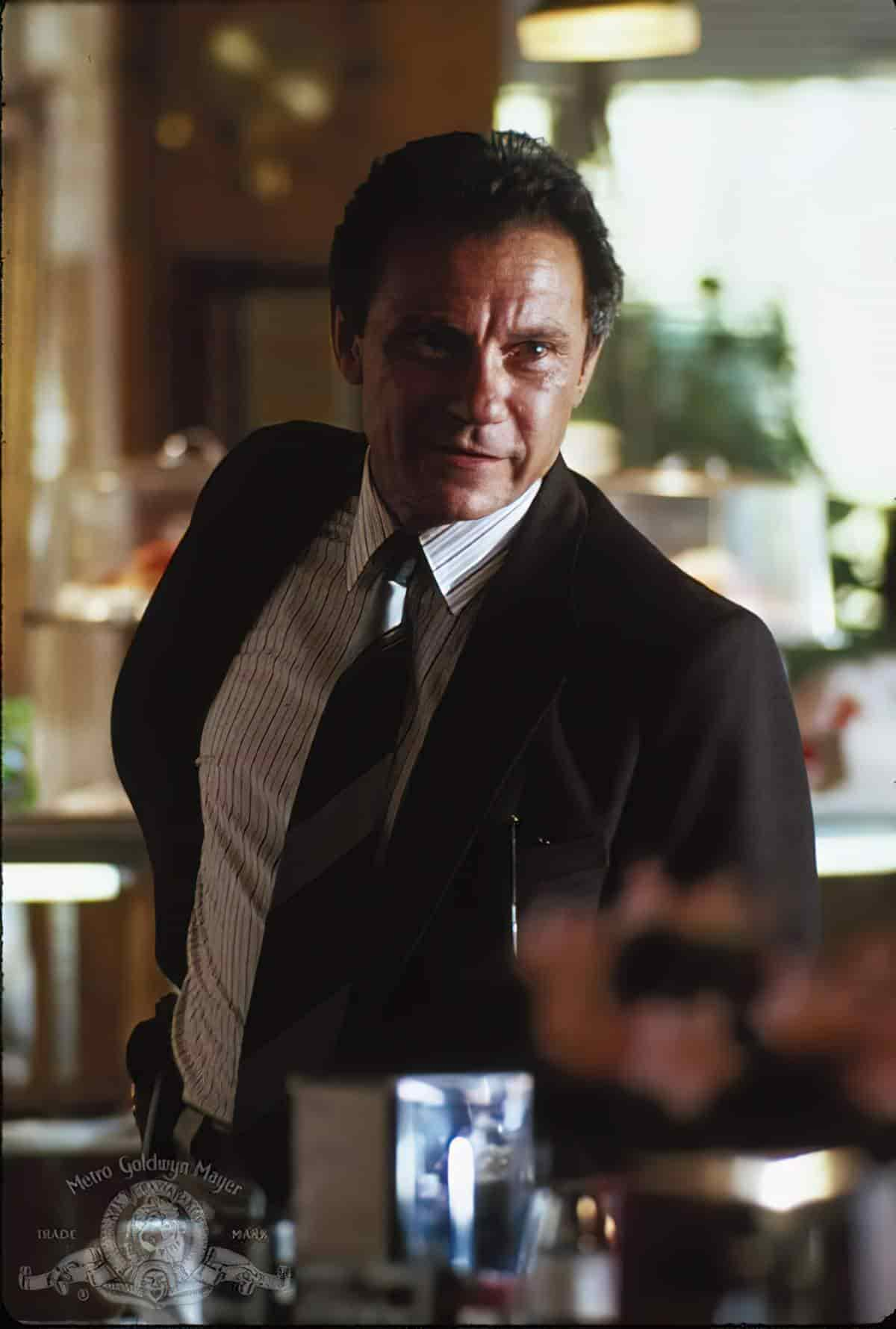
We don’t know much about Louise’s boyfriend Jimmy, but we do see a glimpse of his violent tendencies when he is turned down then overturns furniture.
Mystery
There is a strong opponent in this story and there doesn’t need to be any mystery, but the mystery of what happened to Louise in Texas is introduced. Thelma basically confirms our suspicions near the end.
Attack by ally
This happens earlier than usual, with the cafe scene in which Thelma has just been assaulted. Louise almost blames Thelma for getting them both into this terrible mess.
Fake-ally opponent
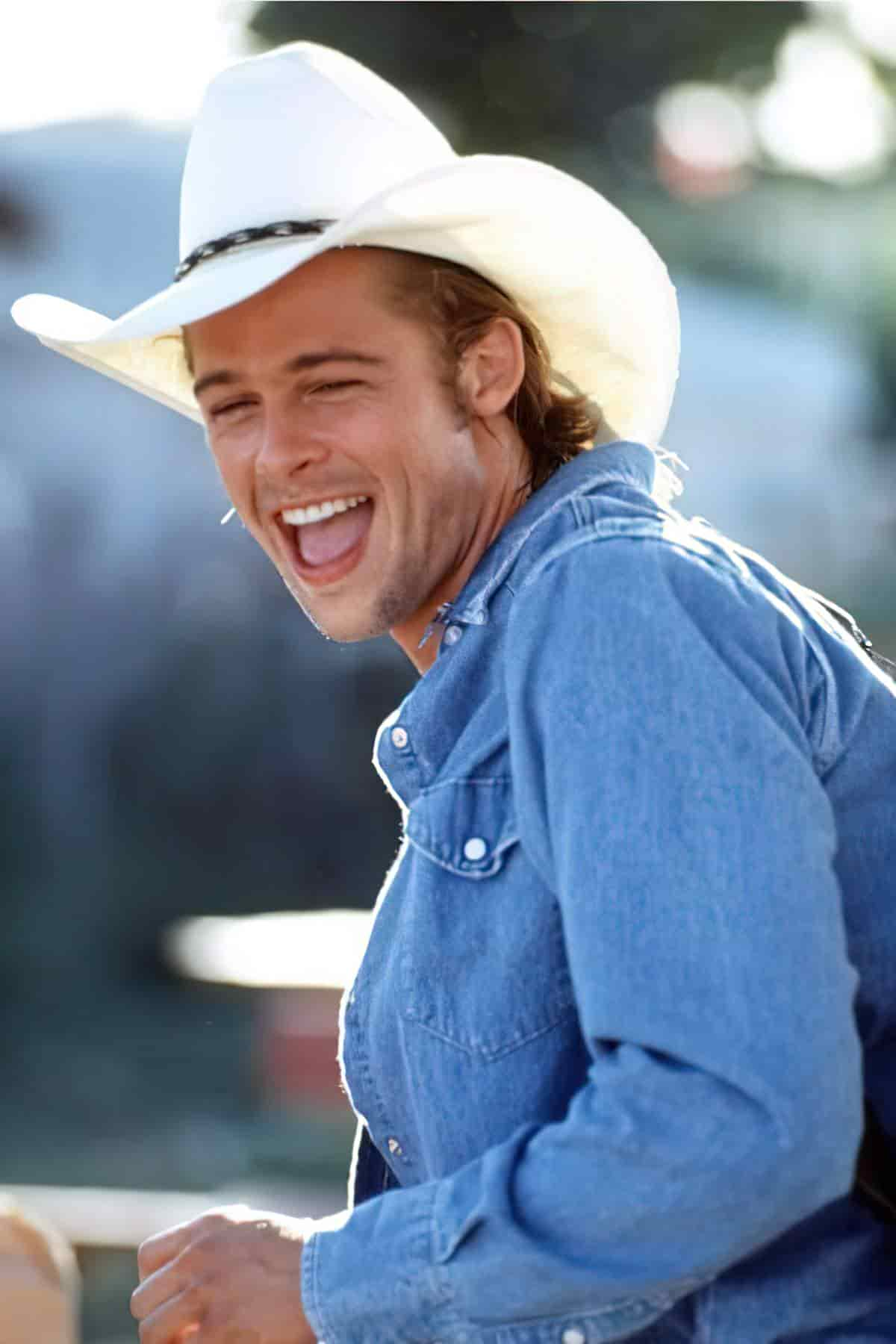
J.D. is an unambiguous example of this. The clever thing about the scripting is that he is upfront about his thieving, and still steals from Thelma and Louise. He unwittingly tutors Thelma in armed robbery with the intention only of showing off. Did he really rob a petrol station using those words, or are those words what he wishes he’d said? Thelma, being part impressionable, part naive, quotes him verbatim nonetheless.
The audience sees him before he is properly introduced. Thelma trips over him. He’s overly apologetic, but since she is still traumatised and temporarily suspicious, Thelma doesn’t reply.
Changed desire and motive
They now want to stay out of trouble with the law. The fishing trip has been abandoned. Louise wants to travel to Mexico. Thelma doesn’t know what she’s going to do.
First revelation and decision
They need money. Louise decides to call her musician boyfriend.
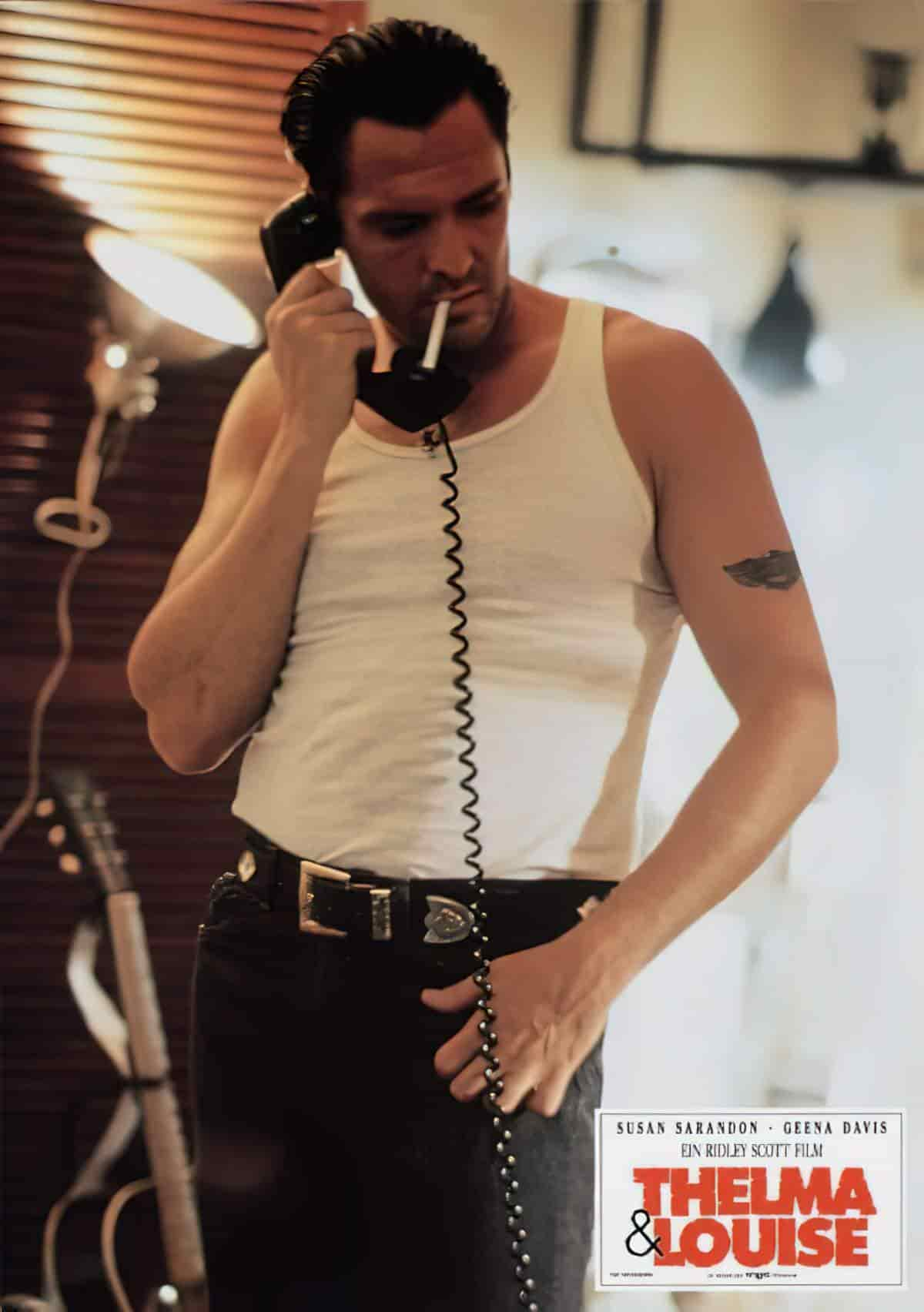
Plan
Louise will call back in an hour and the boyfriend will tell her which bank to pick her money up at in Oklahoma.
As for Thelma, she calls her husband who is annoyed that she left without his permission. She tells him to ‘go fuck’ himself, which we sense is the first time she’s ever said such a thing to him. This is the start of her character arc.
Opponent’s plan and main counterattack
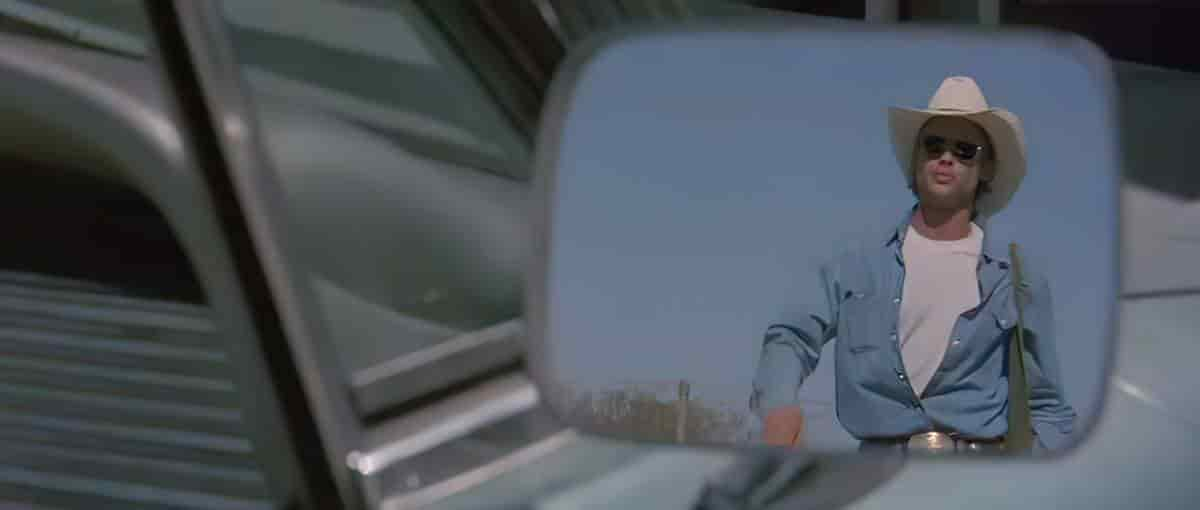
J.D. plans to rob the women so he asks to hitch a ride with them since he’s a student and has no way back to school after his ride fell through. That doesn’t work at first, but does eventually. Then he turns up yet again (in the rain — deliberately not standing under the eaves, I notice, to look even more pathetic) to have sex with the vulnerable Thelma, who he may or may not have planned to rob from the get go.
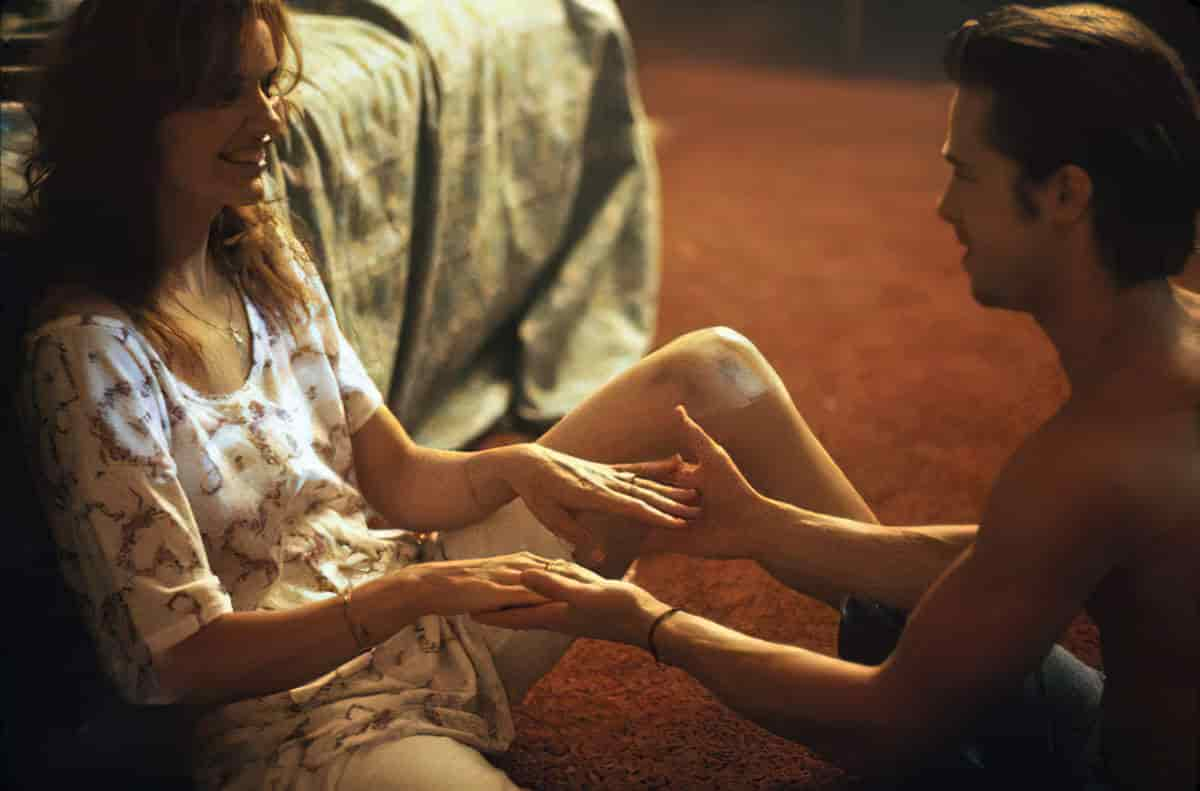
Apparent defeat
We learn that all of Louise’s life savings are gone. What’s left to do now, when they don’t even have money for petrol?
Drive
Thelma feels responsible for the money going missing so she tells Louise ‘Don’t you worry about the money’. She is newly hardened and resolved to get money by robbing a store. Or, as TV Tropes would put it, she Took A Level In Badass.
Obsessive drive, changed drive, and motive
The successful and easy robbery has a galvanising effect on Thelma. She feels she can do anything and is having a good time for the first time in many years. I’m reminded of the elation experienced by Walter White just after he ‘breaks bad’.
Second revelation and decision
In Thelma and Louise, Thelma initially refuses to accompany her friend to Mexico. Only after a patronizing, misogynistic phone call from her husband forty minutes into the film does she commit to the journey.
John Yorke, Into The Woods
When Thelma calls home and immediately realises the police are there the women realise just how much trouble they’re in.
Audience revelation
Louise has been raped (or similar) in Texas, and the anger she holds about this would have motivated her shooting Thelma’s rapist in the carpark.
TV Tropes calls this a Noodle Incident.
The Noodle Incident is something from the past that is sometimes referred to but never explained, with the implication that it’s just too ludicrous for words, and the reality that any explanation would fall short of audience expectations. Questions about it are often met with “You Don’t Want To Know…“
In an academic paper I saw the phrasing: ‘Callie Khouri’s script also enhances the film’s ambiguous openness for interpretion by sharply scanting information about the protagonists’ prior lives, except for a few bold strokes.
This pretty much sums up academia vs TV Tropes — academics tend to assume the creators meant what they did, whereas the contributors to TV Tropes seem to suggest storytellers construct stories out of Lego blocks, and that there’s nothing new under the sun.
TV Tropes also points out that this noodle incident trope is generally used by trickster characters.
Don’t be surprised if it was caused by a trickster-type character. If there’s a noodle incident and a trickster happens to be in the main cast, the trickster is almost always responsible for it, or at least blamed for it.
Louise is not the stock trickster character but she is certainly an extended version of it. So is Thelma — they are constantly getting themselves out of tricky situations by doing underhanded things. Audiences love main characters who do this.
Third revelation and decision
Talking to the detective again on the phone, Louise is told that they won’t get into Mexico. She puts two and two together and realises that Thelma has told J.D. where they were headed, and that J.D. must have told the cops.
Gate, gauntlet, visit to death
Louise gets pulled over by a cop, who knows all about them. Thelma is now given the opportunity to show the audience how much she has genuinely changed. Whereas before she was simply parroting the words of J.D. when robbing the bank, we now get to see that she can hold her own as a criminal. We see her act calmly and confidently as she gets the cop to climb into his trunk.
The same scene is used in Planes, Trains and Automobiles. When the two guys are pulled over by a cop we think, they’re certainly done for now. There’s also a cop-pulling-over scene in Little Miss Sunshine and another in No Country For Old Men. It’s very common in road movies, and interesting to see the various ways in which the writers get their characters out of this situation.
Battle
I’ve always thought that truck explosion was overdone. I mean, there are a lot of stock characters in this movie, and Thelma’s husband is almost overplayed, but the guy who plays the vile truck driver really does seem overacted. But there is a very good storytelling reason for that very Hollywood truck explosion — it makes for a great big struggle scene. The explosion, of course, symbolises their entire mess.
Anagnorisis and Moral decision
Now that Thelma and Louise have become emancipated and liberated they are truly free.
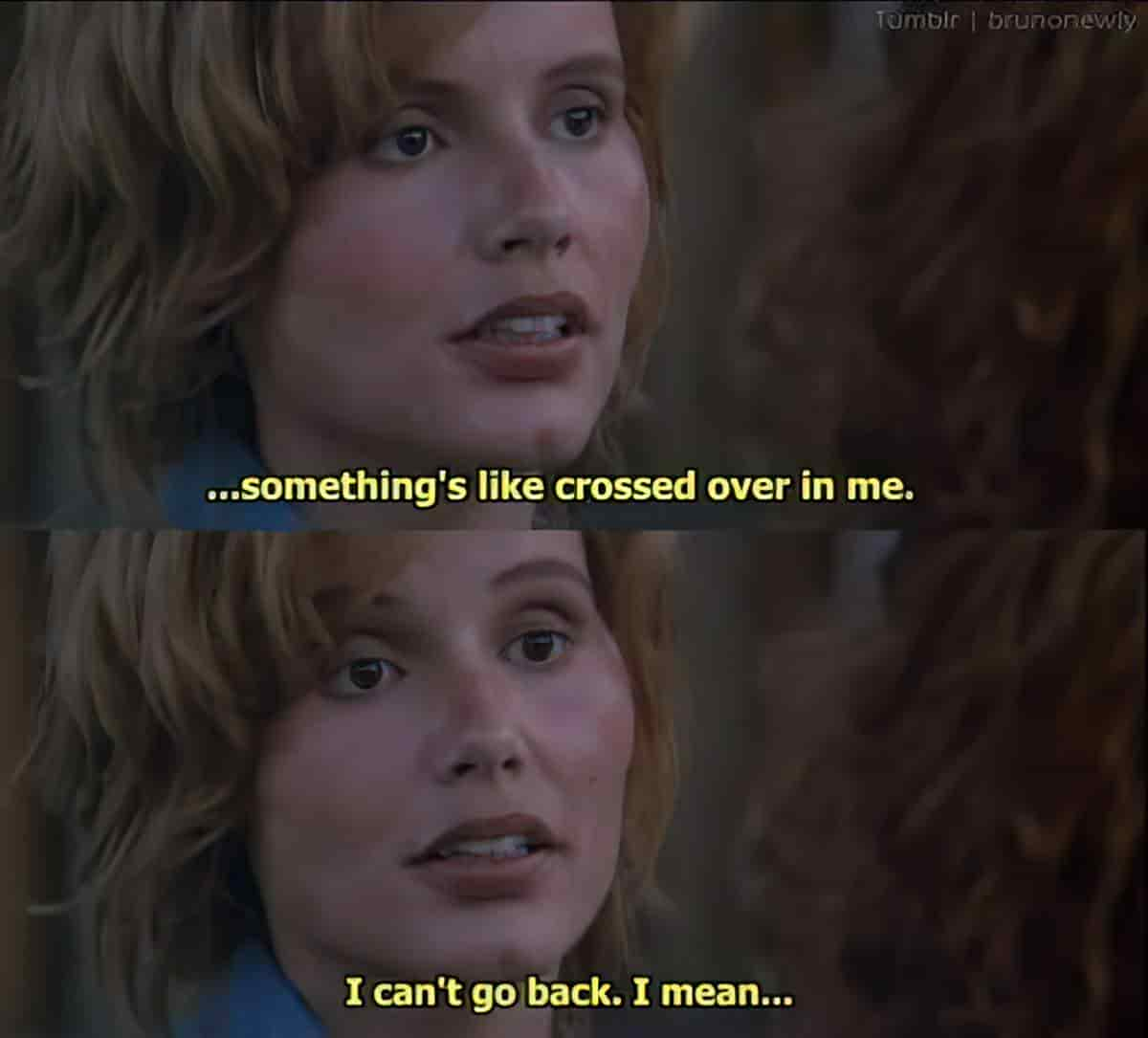
New situation
This part of the film has been left out with the express purpose of leaving the audience in a state of shock. At this point there is what TV Tropes call a:
Cerebus Callback: Thelma and Louise take a polaroid photo of themselves at the start of their trip and stick it to the rear view mirror in the car. The photo flies off the mirror just as the car goes plunging into the Grand Canyon.
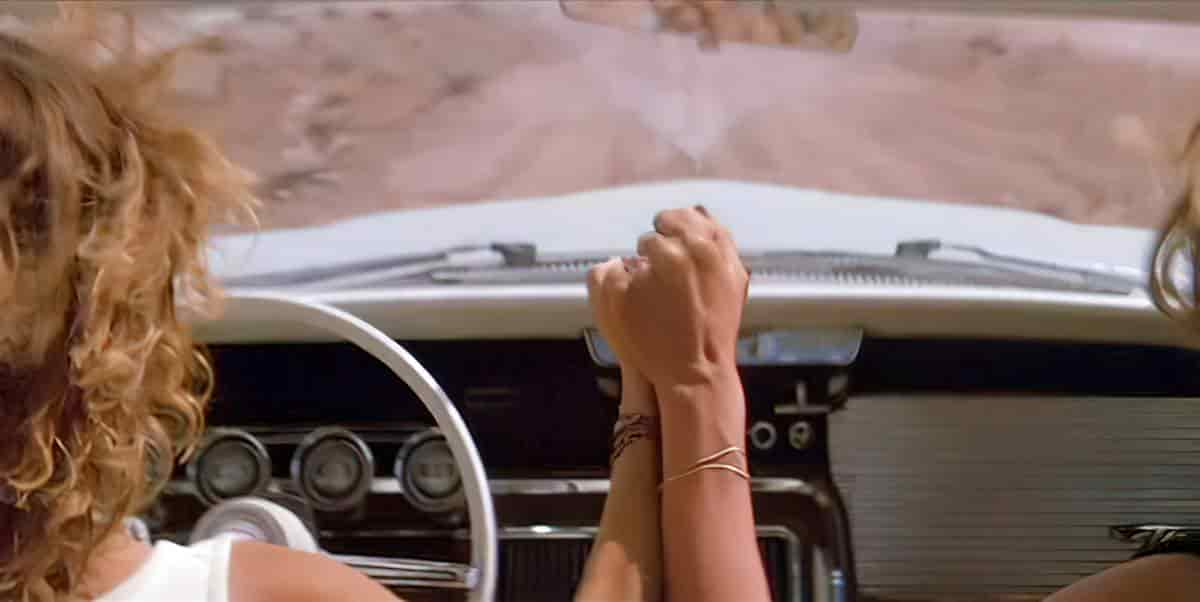
Scott is a formidable entertainer, but he lacks Edwards’ or Altman’s subversive boldness (at their best). His critiques are increasingly vitiated by tidy “with the grain” resolutions (in this sense, Thelma & Louise’s unhappy ending is as problematic as Blade Runner’s infamous happy ending).
The Many Faces of Thelma and Louise
When Thelma and Louise drive into the canyon, they have embarked upon a mythic flight into forever. See The Symbolism of Flight In Children’s Literature (of which much applies to general stories).
Thelma and Louise launch themselves into space and turn, not into magic heroines who manage to land on the other side, or angelic marthrs who crash into the canyon, but into a brightly colored magazine illustration. This last image echoes, as many have noted, Redford and Newman at the end of Butch Cassidy. But I think more of the freeze-framed Jean-Pierre Leaud at the end of 400 Blows, faced with the threatening freedom of the sea. Not gun-toting heroes turning into legends, but hand-holding heroines of thwarted energy turning into a myth of blood, escaping the frame that confines them.
Leo Braudy
Some critics have compared the Grand Canyon to a vagina, or ‘the great vaginal wonder of the world’.
RELATED
Are you writing a road trip story for younger readers? I recently watched Amanda at Book Riot talk about a book called Done Dirt Cheap, which she describes as being ‘a cross between Sons of Anarchy and Thelma & Louise‘. It’s interesting to see books being promoted using films as examples. I guess this is because there are so many books in the world it’s hard to find anything that everyone has read, whereas there are a few tent pole films which almost everyone knows something about, even if they haven’t seen them. It’s not a bad marketing strategy.
American Honey is a 2016 coming-of-age film with some similarities to Thelma and Louise. A naive, disenfranchised 18-year-old is recruited to join a travelling band of magazine sales people. The young crew is travelling around America selling (or scamming) magazines. Like Thelma and Louise, the female main character is a rare example — since the road trip symbolises freedom and women are rarely afforded that. Like Thelma and Louise, Star gets up to mischief on her trip, and her main problem is a man. Unlike Thelma, Star has no older female to set her straight — only an older female character to set her wrong. If you loved Thelma & Louise, I recommend American Honey.
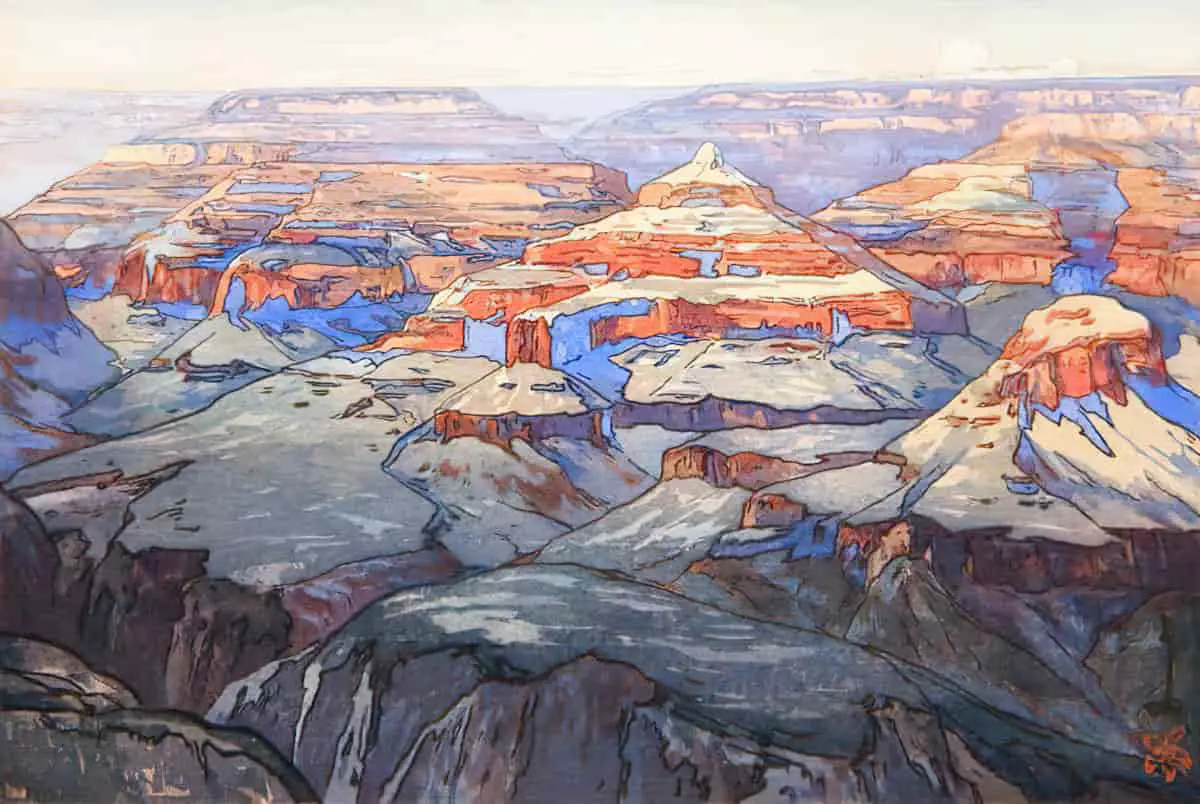
IF YOU ENJOYED THELMA & LOUISE
Try Hell or High Water, the 2016 male equivalent, sort of like a cross between Thelma & Louise and No Country For Old Men. Except it’s set entirely in Texas.
Director/screenwriter Taylor Sheridan recently explored issues of American decline in his unofficial “frontier trilogy”, using Greek mythological conventions to do so. The middle film, Hell or High Water (2016) is a relatively straightforward backwoods heist saga pitting bank-robbing brothers against a Texas ranger nearing retirement. The script reflects the financial angst of Trump voters, largely sympathising with their perceived disenfranchisement. But the first film, Sicario (2015) and the most recent, Wind River (2017) are dramatic bookends, using mythology to explore the social anxieties that saw Trump elected.
Paul Salmond
FURTHER READING
Off the Cliff: How the Making of ‘Thelma & Louise’ Drove Hollywood to the Edge
In Off the Cliff: How the Making of ‘Thelma & Louise’ Drove Hollywood to the Edge (Penguin, 2018), Becky Aikman explores the making of Thelma & Louise, a 1991 film that challenged traditional Hollywood culture. The film cast two women as the stars, running from their lives and the law. An outlaw film that was a long shot, but became one of the most influential films of the past 30 years. Aikman tells the story of how Callie Khouri wrote a script that she worked to see come to the big screen. Off the Cliff goes behind the scenes, examining how Khouri’s script got to Ridley Scott, how they found one studio—Pathé—to back it, and how through a series of sometimes lucky and very fortunate events came together to create this lasting feminist film milestone. Aikman draws on interviews with the actors, writers, and filmmakers to tell the story of Thelma & Louise. Aikman’s work is an in-depth exploration into every aspect of Thelma & Louise, from getting the movie off the ground, actor auditions, discussions of the filming of a number of the key scenes, and initial audience reaction. Aikman’s work is a must read for not only fans of the movie, but readers interested in film history and American cinema.
New Books Network
Female saboteurs who poisoned 46 Russian soldiers in Crimea are on the run after shoot-out with police, say reports
(This is a real news story but there are many red flags. I’m all for a Thelma & Louise reboot, though.)
